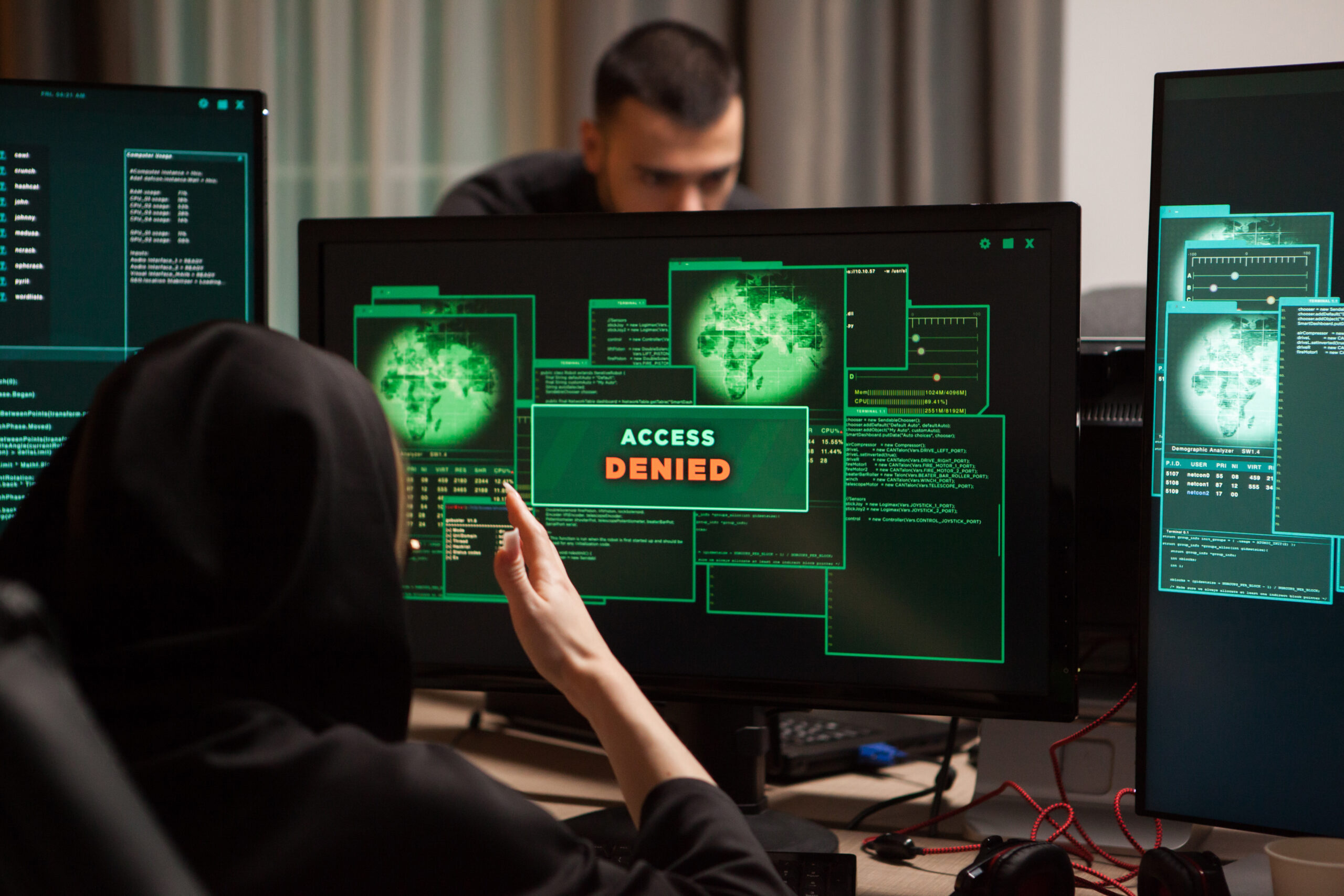⚙️ AI for Cybersecurity in Critical Infrastructure
From energy grids and water treatment plants to transportation systems and communication networks, critical infrastructure forms the backbone of modern civilization.
But these systems are increasingly under threat from sophisticated cyberattacks. As they become more digitized and interconnected, traditional cybersecurity tools are no longer enough.
This is where Artificial Intelligence (AI) emerges as a game-changer—offering speed, scalability, and adaptability to protect vital public systems.
🏗️ What Counts as Critical Infrastructure?
According to most national security frameworks (like CISA in the U.S.), critical infrastructure includes:
-
Energy (power grids, nuclear plants)
-
Water & Wastewater
-
Healthcare Systems
-
Transportation
-
Telecommunications
-
Financial Services
-
Government Services
If compromised, these can lead to massive disruptions in public safety, economic stability, and national defense.
⚠️ Why Traditional Cybersecurity Falls Short
Critical infrastructure often suffers from:
-
Outdated legacy systems
-
Limited downtime for patching
-
Widespread use of industrial control systems (ICS)
-
Growing attack surfaces via IoT and remote access
-
Nation-state cyber threats targeting infrastructure
Traditional tools can’t keep up with real-time, large-scale threat detection in these complex environments.
🤖 Enter AI: The Cyber Guardian of Infrastructure
1. 🔍 Continuous Monitoring & Threat Detection
AI systems analyze massive data streams from control systems, networks, and endpoints to:
-
Identify abnormal patterns
-
Detect zero-day exploits
-
Recognize insider threats
-
Spot lateral movement of attackers
AI reduces detection time from days to seconds.
2. 🧠 Machine Learning for Predictive Security
By learning from historical incidents and network behavior, ML models:
-
Predict likely attack vectors
-
Flag vulnerabilities before they’re exploited
-
Optimize security policies dynamically
This helps infrastructure operators stay one step ahead of attackers.
3. 🛡️ Protection of Operational Technology (OT)
AI helps secure systems that control physical processes:
-
SCADA systems
-
PLCs (Programmable Logic Controllers)
-
Sensors and actuators
AI can:
-
Detect command injection
-
Prevent process manipulation
-
Identify unusual ICS/OT traffic
4. 🔄 Automated Response and Containment
When an incident occurs, AI can:
-
Isolate affected subsystems
-
Shut down malicious processes
-
Trigger backup protocols
-
Alert human responders with context
This minimizes downtime and protects public safety.
5. 📡 Securing Remote Access and Supply Chains
AI-driven identity analytics verify:
-
Who is accessing systems
-
What devices they’re using
-
If any access behavior is suspicious
This is crucial for critical systems managed remotely or by third parties.
🧠 Real-World Examples
-
Israel’s National Cyber Directorate uses AI to protect water systems from cyber sabotage.
-
Siemens and IBM collaborate to protect power grids with AI-based threat detection.
-
Dubai Electricity and Water Authority (DEWA) integrates AI for predictive maintenance and cybersecurity.
🧩 Challenges in AI Deployment
Despite its power, AI adoption for critical infrastructure must address:
-
Explainability: Operators need to understand AI-driven alerts.
-
False positives: Can disrupt essential services.
-
Integration: Legacy systems may not support modern AI tools.
-
Data privacy and compliance: Especially for healthcare and finance sectors.
🏁 The Road Ahead
The rise of nation-state actors, ransomware gangs, and cyberterrorists means the stakes have never been higher for critical infrastructure.
AI, when paired with human oversight and strong governance, offers a path to:
-
Real-time protection
-
Proactive risk management
-
Resilient national systems


